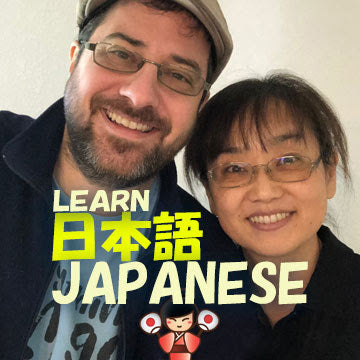Today's haiku is by 与謝 蕪村【よさ ぶそん】. Yosa Buson (1716-1784) was a poet and painter during the Edo period (more on him below).
Makoto+ Shogun members, click here for today's haiku with sound and almost 100 other haiku lessons. (Not yet a member, let's fix that!)

Let's get right to it.
春の海、ひねもすのたり、のたりかな。
VOCABULARY
- 春 spring (season) [This haiku's 季語【きご】 is obvious: springtime.]
- の of (modifier; limits the "sea" to that of "spring")
- 海 sea; ocean
- 春の海 spring ocean
- ひねもす all day long; all day; for a whole day [This word isn't used much today.]
- のたり、のたり calmly; leisurely [Describes the gentleness or almost "laziness" of the ocean waves. It sounds very poetic. It is repeated either to stress the "laziness" of the waves or the continual ebb and flow.]
- かな [切れ字; kireji; cutting word; kana is not necessary grammatically but it helps set the haiku rhythm and adds softness to the poem.]
It's a fine spring day. The ocean is calm throughout the day, and the scene is calming to the poet.
与謝蕪村
与謝蕪村【よさ ぶそん】 In addition to being a poet (what he is best known for), he was also a painter.
Here's a painting of him from one of his disciples, Matsumura Goshun.
Interestingly, Buson not only painted to illustrate his haiku (a common act), but he also collected Yokai stories as he travelled Japan.
Here is one ink brush drawing by Buson of "The Oriental Melon Monster of Yamashiro" 真桑瓜の化物 [真桑瓜【まくわうり (oriental melon)】 の 化物【ばけもの (monster)】]
His Yokai art was more playful (more manga-like - notice the melon head!) than the previous image of yokai as being frightful dark creatures.
I hope you enjoyed this haiku lesson. Even if you don't have the "sensibilities of a poet" (I can't say I do), Japanese culture and language are inseparable. Learning haiku is an excellent way to improve your Japanese.
If you are a Makoto+ Shogun or lifetime member, click here to see this lesson with audio. [Sorry, the Samurai level doesn't have access to past haiku lessons.]





